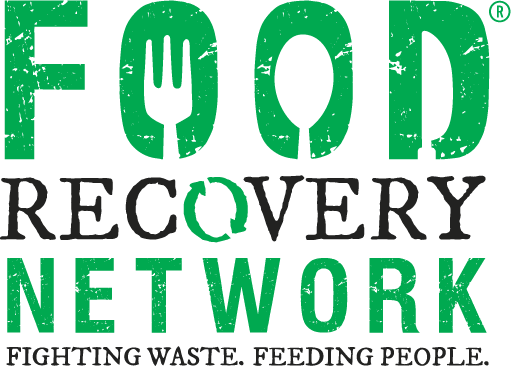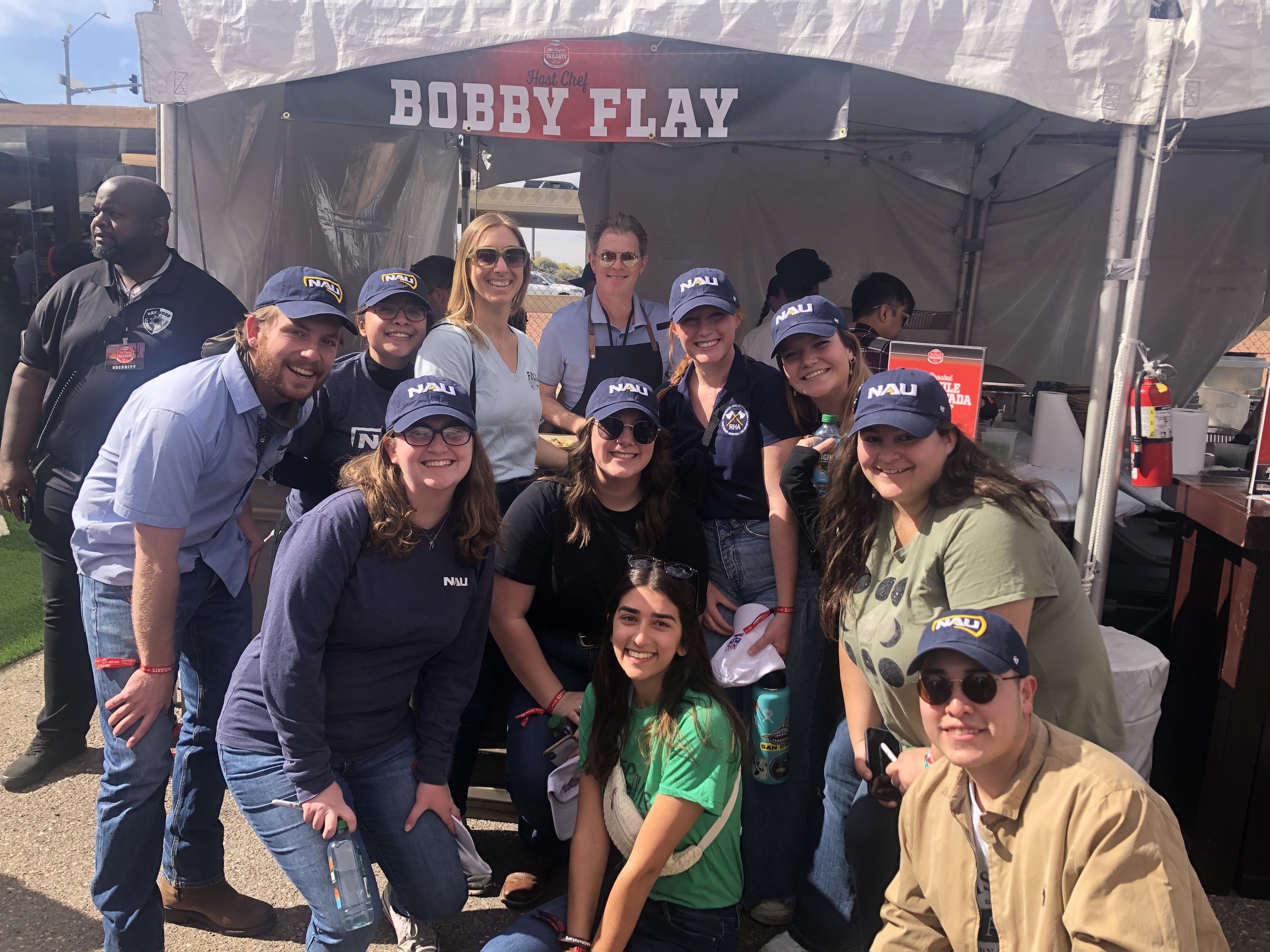Current student leader at Frostburg State University, Rachael Michalski, interned for FRN this summer through the Maryland Public Service Scholars Program to support our development and fundraising efforts. Read about Rachael’s experience interning at FRN and the key learnings that she found inspiring as an FRN staff member.
This summer, I had the opportunity to intern at the Food Recovery Network national office through the Maryland Public Service Scholars Program. When I was notified that FRN had been selected as my host site, I was thrilled to get started and eager to join the food waste movement.
Through initiatives on my college campus at Frostburg State, I had the opportunity to work with our on-campus food pantry as well as volunteer with the Maryland Food Bank, so I had some hunger-fighting experience going into this internship with FRN from the start. Being an active member of my community and serving those in need is important to me.
This summer, I truly learned how a strong team can drive a national movement to combat a systemic issue like hunger and make real change.
Behind the scenes, I had the pleasure to get to know the Food Recovery Network National Team and learn about the jobs each person does every day to drive this national movement forward. There are many individuals that make up the FRN team and while each individual works in different roles, together the team collectively works towards a shared goal to mitigate food waste and end hunger in the U.S.
While doing my work, I learned about the intricate details that are vital to a nonprofit’s success. I learned about funders, grant language, CRM software, and many other things that allow an organization to be able to fundraise to support its mission and programs. I learned useful skills for the future of my professional career, and I also grew as a person. I am coming out of this experience with stronger communication, teamwork, and interpersonal skills. But most importantly, I learned about the passion that each Food Recovery Network team member has to help communities experiencing hunger nationwide.
Beyond working behind the scenes, this summer internship experience also provided me with an opportunity to work directly on the front line where I participated in a food recovery at the Gaylord Hotel in Washington D.C. I was thrilled to have participated in what I would call a successful food recovery, where 38 trays of food and a box of fruit that would have otherwise been wasted were recovered and donated to the Central Union Mission in Washington D.C. to feed individuals facing hunger in the city. That was a really great experience!
Food Recovery Network works tirelessly to serve communities all across the United States with gratitude and grace. This team and their work is incredible and I was honored to be a part of it this summer!
At the end of my internship, the FRN team offered me a part-time position to continue working on development initiatives as well as dive into the programming side of the organization. In my continuing work, I will be working to create a nationwide map that will show local food recovery locations, in order to continue to prevent waste. I am excited to continue this impactful journey!
















